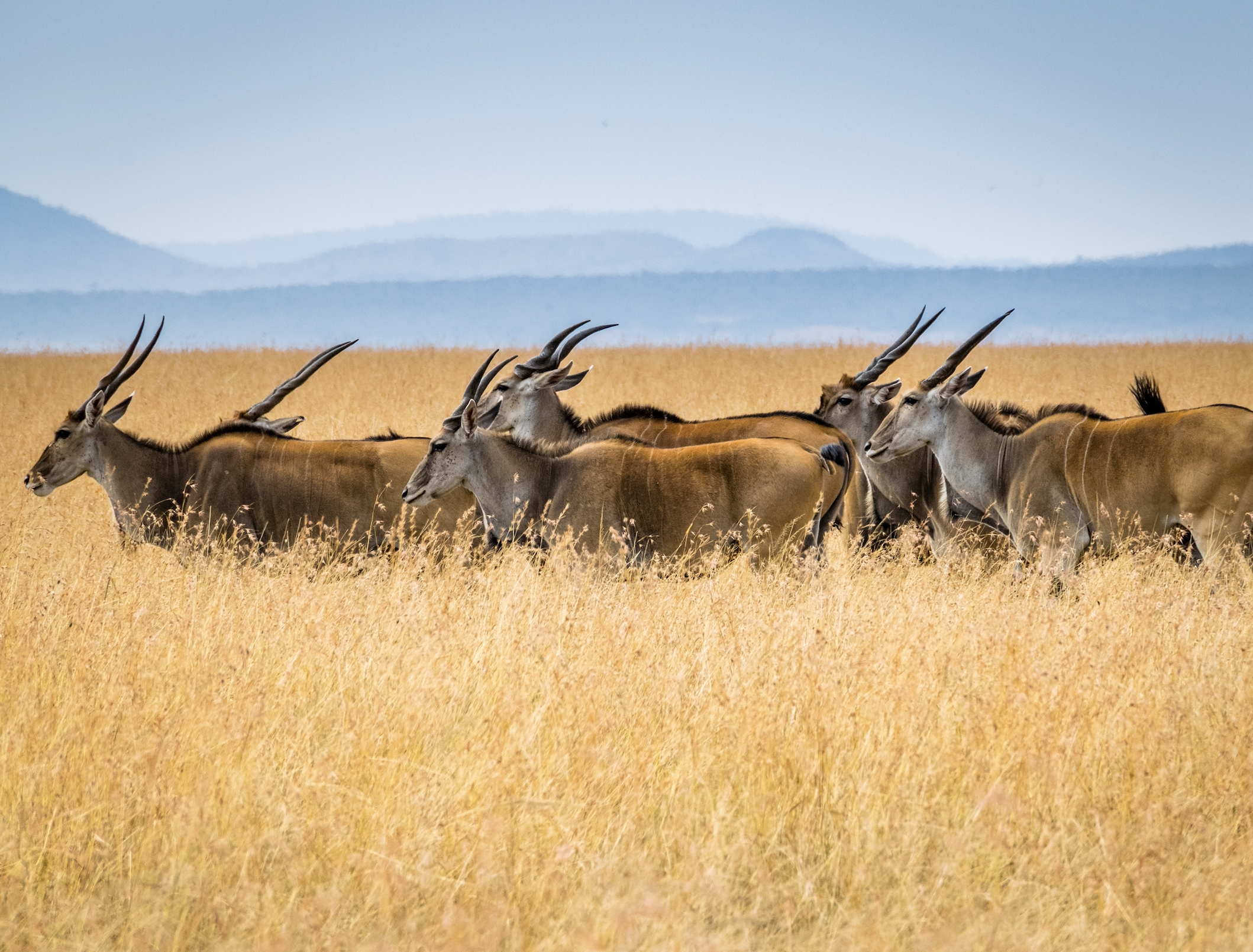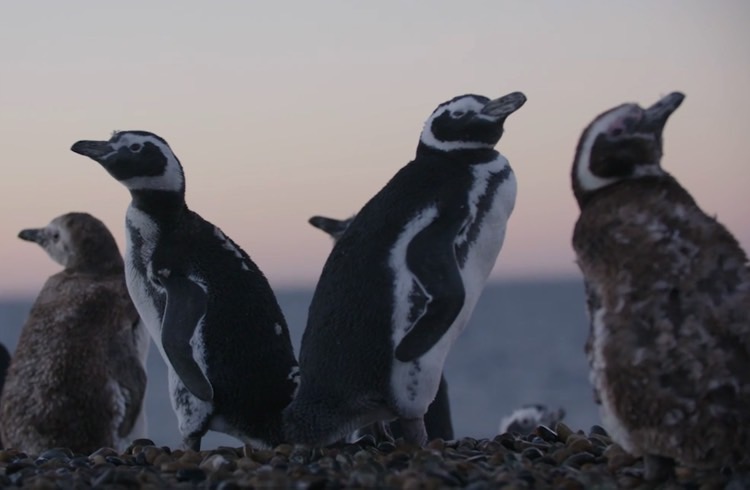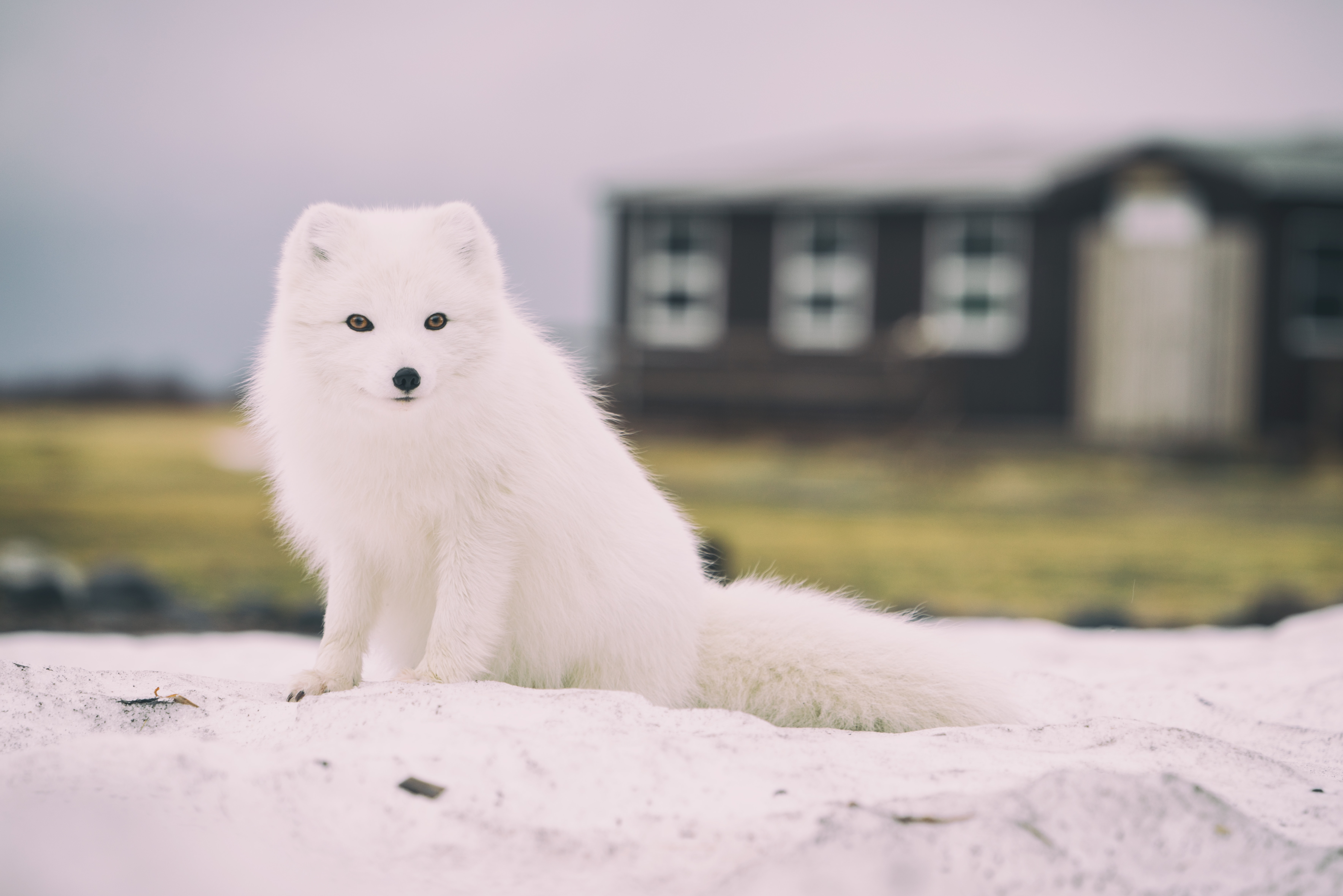5 Tips for Choosing a Wildlife Conservation Holiday
As you plan your next vacation, here are some things to think about before you decide where to go.
 Photo © Sutirta Budiman
Photo © Sutirta Budiman
Ecotourism, green travel, sustainable tourism – whatever its title, reducing the negative impacts of travel is one of the fastest-growing parts of the tourism market and one that has the potential to significantly reduce carbon emissions, support low-income communities, and benefit efforts to protect endangered animals.
Unfortunately, so far, the impact of travel (whether good or bad) on wildlife has been an afterthought for most travelers. Tourism and the infrastructure it requires can destroy wildlife habitats, worsen climate change, resulting in litter and other pollution, and increase stress on wild animals. When done carefully, however, what we call “wildlife conservation travel” can also help wildlife in several ways, including generating funds for local conservation groups and providing volunteer help. Perhaps the biggest way that conservation travel can help endangered animals is by creating economic benefits for local residents who otherwise would earn a living by fishing, hunting, or other activities that harm animals.
As you plan your next vacation, here are some things to think about before you decide where to go and what activities to do.
- Is the Destination a Wildlife Hotspot?
- Does Your Tour Operator Support Conservation and Local Communities?
- Does Your Operator Go Beyond Donations?
- Do Your Vacation Plans Include Activities That Could Harm Wildlife?
- Stay Off the Beaten Path
1. Is the destination a wildlife hotspot?
According to Conservation International, about half of the world’s species live in “biodiversity hotspots” which take up less than 5 percent of the world’s land. If you go to one of these spots, read up on which animals live there and look for opportunities to visit research and conservation programs. Some of these programs may offer short-term volunteer programs where you will get an experience that few travelers get to participate in. Many of these programs work through tour operators that offer these experiences while taking care of your transport, food, and accommodations.
2. Does your tour operator support conservation and local communities?
If you decide to travel through a tour operator, do your research to make sure they actively support environmental and social projects in the places they go. Some operators will offer discounts for travelers who donate to funds that they set up to support these community groups, a great example is the Travelers Conservation Trust, set up by Wildland Adventures. Most of the operators who truly support these programs will be transparent about who they donate to.
If you don’t see that information, make sure you ask the operator what they do to support wildlife conservation. After all, if their business is based on travelers going to Africa to see lions or India to see tigers, shouldn’t they want to make sure those animals will always be around? If they can’t answer that question, let them know that you’ll be looking elsewhere; there’s no better way to motivate a company to improve its practices.
3. Does your operator go beyond donations?
Giving money is one of the easier ways to support wildlife. Other questions to ask operators are if they support environmental protection and residents in ways other than donations. Do they offer volunteer programs? Do they employ people from nearby communities and use locally-owned hotels and restaurants? Do they advocate for wildlife protection or participate in efforts to improve tourism practices? One of the best examples of going beyond donations is Canada’s Maple Leaf Adventures. In addition to donations, their founder Kevin Smith has been a leader in setting tourism standards for the Haida Gwaii Islands and promoting bear watching over bear hunting in British Columbia.
4. Do your vacation plans include activities that could harm wildlife?
Now that you know the animals that live where you are going and how much your operator supports them, the next thing to think about is if the activities you do and places you stay might impact local wildlife. Are you staying in a high-rise chain hotel on a turtle-nesting beach? If so, you might want to look for a locally-owned cabin away from where the turtles come. If you plan to use jet-ski’s or boats, make sure to stay away from habitat for manatees and other animals, drive slowly, and obey all regulations. Check out our Turtle Watching Guide for ways to prevent impacts to turtles on nesting beaches and at sea. The Coral Reef Alliance also has several guides for travelers.
5. Stay off the beaten path
Many of the most popular places to see wildlife become overrun with tourists, encouraging uncontrolled development which impacts wildlife habitat. However, by doing a little research, you can usually find other places to see that animal that doesn’t get nearly so much traffic. There are dozens of turtle-nesting beaches in Costa Rica, yet the vast majority go to Tortuguero National Park. Instead of following the crowds to see lions in Kenya, think about places like Mozambique or Namibia’s Communal Conservancies for your next African safari.
About the Author
Brad Nahill is the Co-Founder of SEE Turtles & SEEtheWILD. Brad started SEE Turtles with Dr. Wallace J. Nichols to build the market for sea turtle conservation tourism. Since its launch in 2008, the project has generated more than $250,000 in support for turtle conservation and nearby communities, educated millions about turtle conservation travel, and our volunteers have filled more than 1,000 shifts at turtle nesting beaches. Brad co-founded SEEtheWILD in 2011 to offer travel experiences that support wildlife conservation efforts.
Related articles
Simple and flexible travel insurance
You can buy at home or while traveling, and claim online from anywhere in the world. With 150+ adventure activities covered and 24/7 emergency assistance.
Get a quote

No Comments